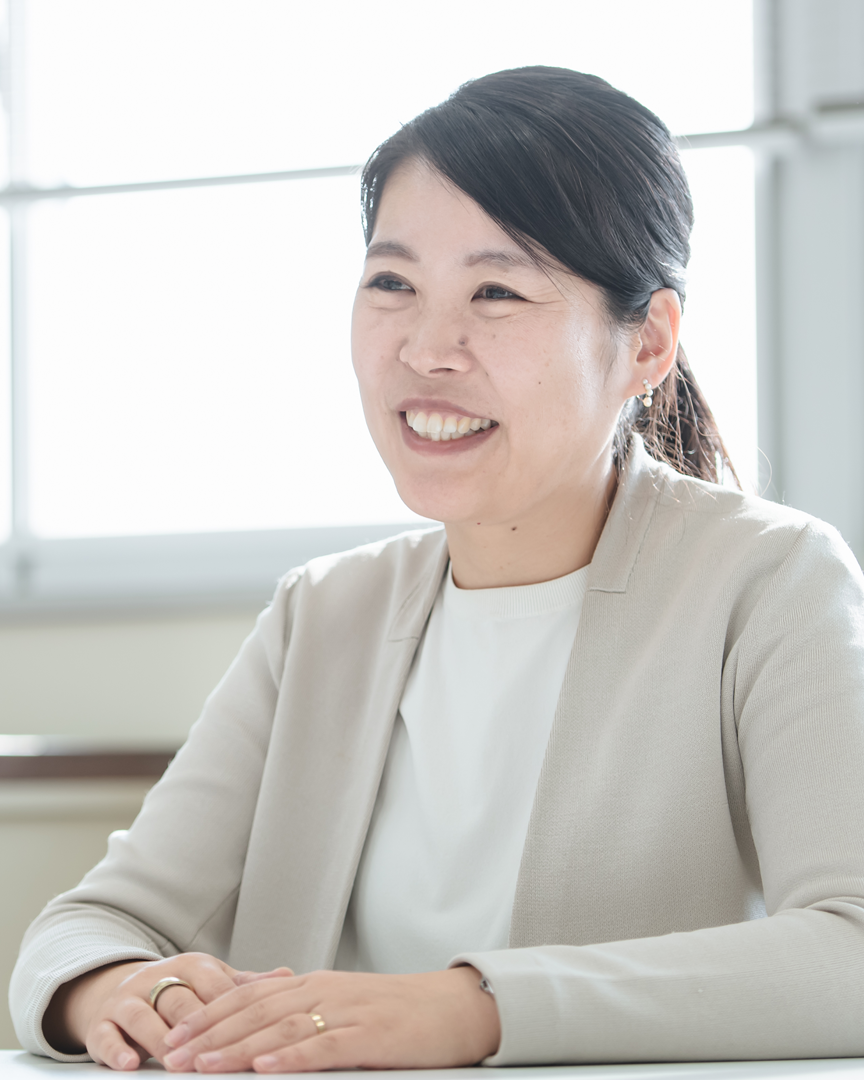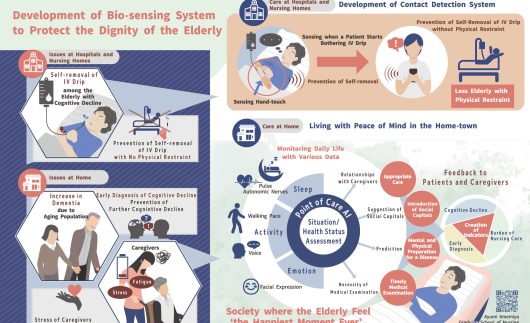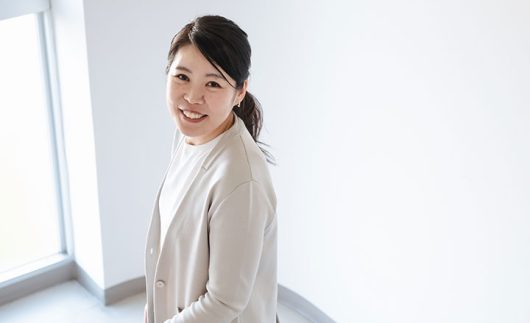Bio-sensing and system development to protect the dignity and promote the well-being of the elderly

-
- Principal Investigator
Lecturer / Ayumi AMEMIYA
- Affiliation
Graduate School of Nursing, Chiba University
Researchmap
ORCID ID
- Principal Investigator
I aim to create a society where elderly individuals can live with dignity and feel that "now is the happiest" until the end of their lives. Many elderly people wish to continue living in the familiar surroundings of their communities, but in many cases, they are forced to move into care facilities. Currently, dementia is the primary cause of the need for caregiving, making early detection of cognitive decline crucial. Moreover, even if the elderly person with dementia is capable of living at home, the fatigue and burden on family caregivers often make it difficult to sustain home care. Therefore, it is essential to provide appropriate support before caregiver exhaustion accumulates. I am conducting research on early detection of cognitive decline and caregiver fatigue by analyzing data naturally collected while individuals live at home.
On the other hand, in hospitals, the use of physical restraints, which threatens the dignity of the elderly, remains a significant issue. The harmful effects of physical restraints, such as physical deterioration and emotional distress, have been pointed out, and there is a clear need to reduce their use. However, more than 90% of wards covered by medical insurance still implement physical restraints. Nurses who apply restraints often experience sadness, guilt, conflict, and emotional numbness, adding a psychological burden to the already stressful nature of their work. Even in cases where physical restraints are not used, nurses must constantly check on patients, which is not always effective in preventing incidents, leaving them with the mental strain of wondering, "When will the patient remove the catheter?" To address this problem, I am developing a sensor system that can monitor patients and detect movements that could lead to self-removal of medical catheters, the primary cause of physical restraint. This system aims to reduce the need for physical restraints by relying on technology instead of human monitoring.
Both initiatives are groundbreaking, and I am currently conducting surveys in communities and clinical settings. My goal is to make these innovations so standard that people will wonder how care was managed before their existence, striving toward the practical application of these systems.



